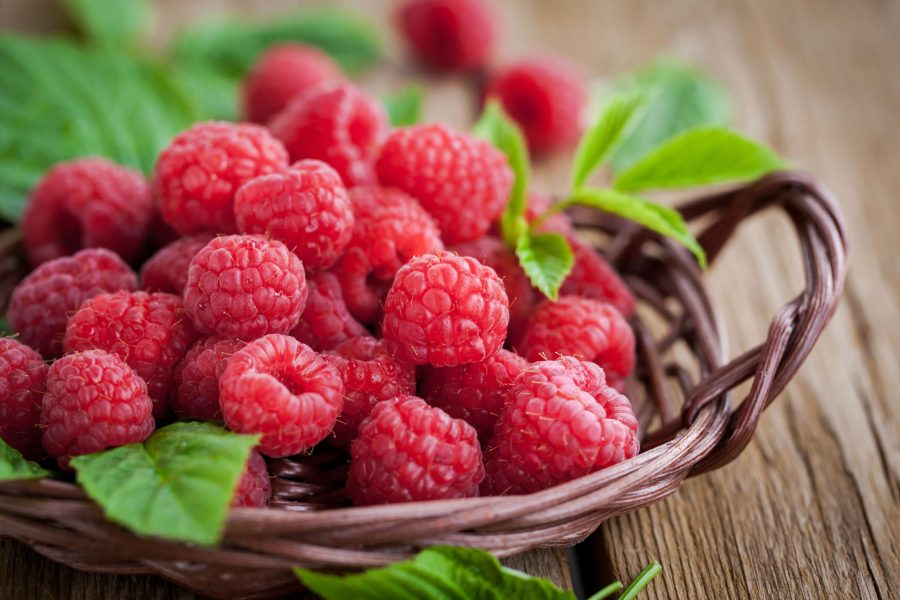Modern brewers use purees to capture the essence of fresh fruits in season. Seasonal craft brews capture the soul of each season with the intense fresh fruit flavors of purees. For spring beers, brewers choose from juicy stone fruits like apricot, peaches, and plums. Summer brews boast cherries, strawberries, and watermelon. In the fall, apple ciders and pumpkin ales are inevitable. But what do brewers do with winter, a season that doesn’t exactly scream fresh fruit?

The addition of fruit to beer is an ancient practice. Beer is an ancient craft with a basic recipe that pre-dates writing, so it’s no wonder that brewers have experimented with a variety of ingredients during that time. The addition of fruit is a natural way to add interest to a traditional base style as well as increasing strength and nutritional value. Fruits can add sweetness or tartness. They mingle with malts and hops for greater aromatic complexity. They add novel qualities to beer flavor and color that can’t be accessed by grains alone.
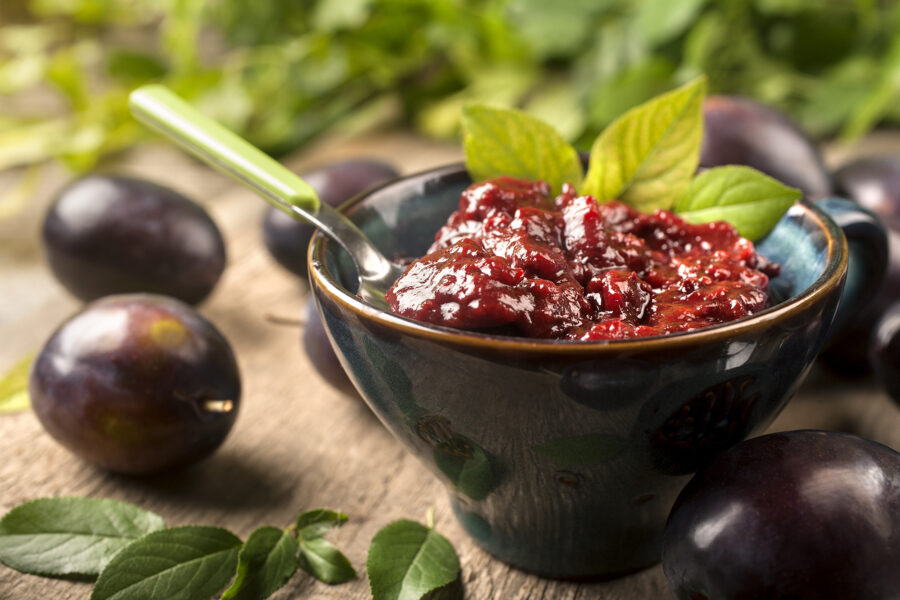
The addition of fruit to beer is an ancient practice. Beer is an ancient craft with a basic recipe that pre-dates writing, so it’s no wonder that brewers have experimented with a variety of ingredients during that time. The addition of fruit is a natural way to add interest to a traditional base style as well as increasing strength and nutritional value. Fruits can add sweetness or tartness. They mingle with malts and hops for greater aromatic complexity. They add novel qualities to beer flavor and color that can’t be accessed by grains alone.
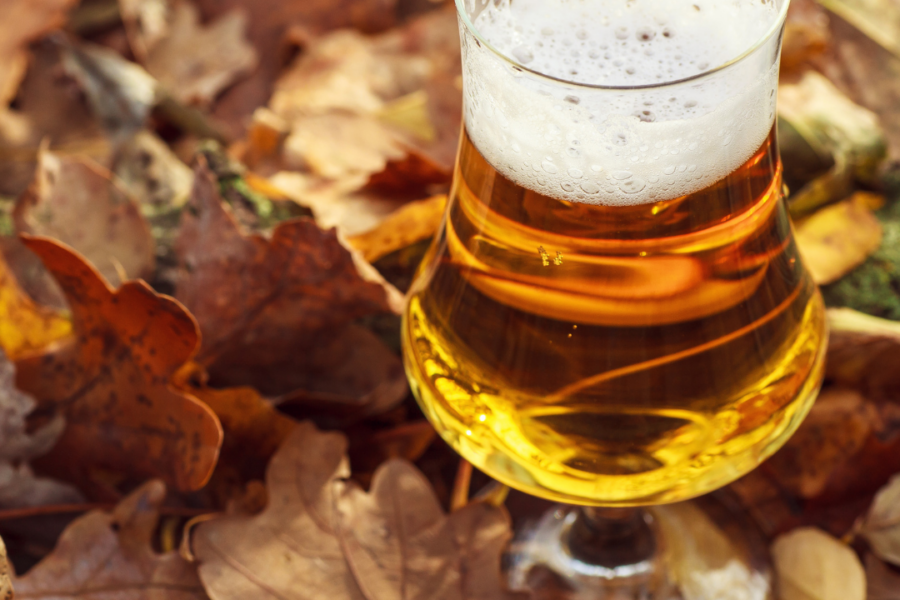
Fall is the Goldilocks of seasons. Not too hot, not too cold, it’s just right for sipping fruited beer on the front porch or around a crowded table with friends and family. It’s also harvest time for pumpkins, apples, cranberries, black currants, and pomegranates, all ideal for fall-inspired fruit beers. According to the Beer Judge Certification Program, Autumn Seasonal Beers “suggest cool weather and the autumn harvest season, and may include pumpkins, gourds, or other squashes, and associated spices.”
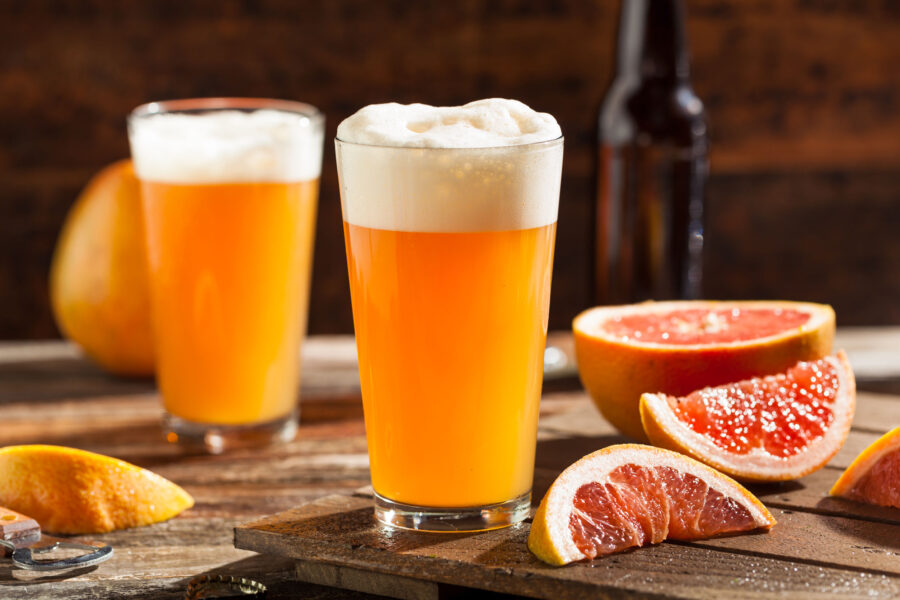
Traditionally, gose was brewed with malted barley and coriander using a process of spontaneous fermentation. The combination of ingredients, spontaneous fermentation, and saline water from the Gose give the beer its unique tart and salty flavor profile.
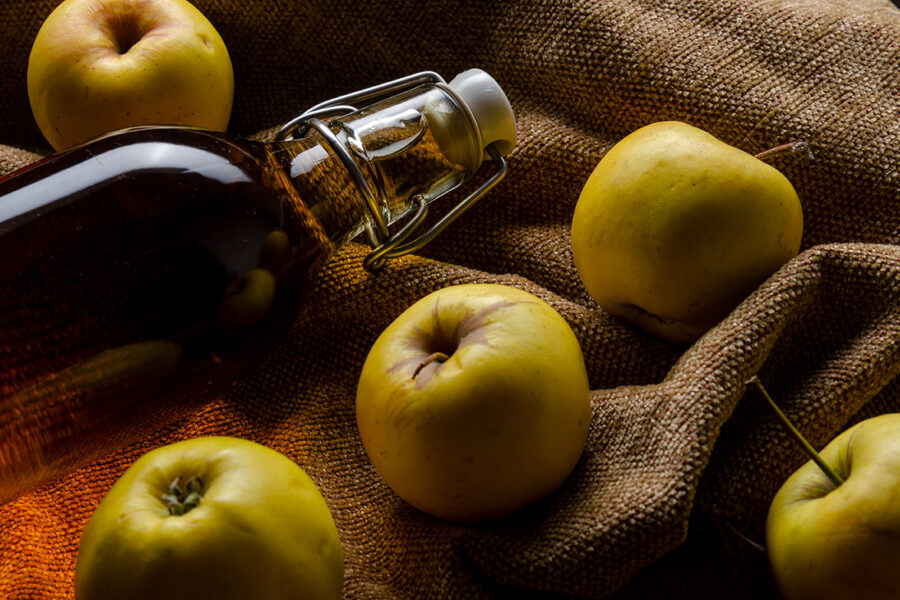
The popularity of lambics, fermented with cherries to make kriek or raspberries to make framboise, soon inspired brewers in other parts of the world to begin experimenting with fruit beers of their own, leading to an explosion of inventive fruit brews like radlers and shandies as well as fruit-infused base brews

Fruited beer wasn’t invented in America, but American brewers put their own stamp on the craft of brewing with fruit purees. This American Craft Beer Week, we’re celebrating those fruit beer pioneers.
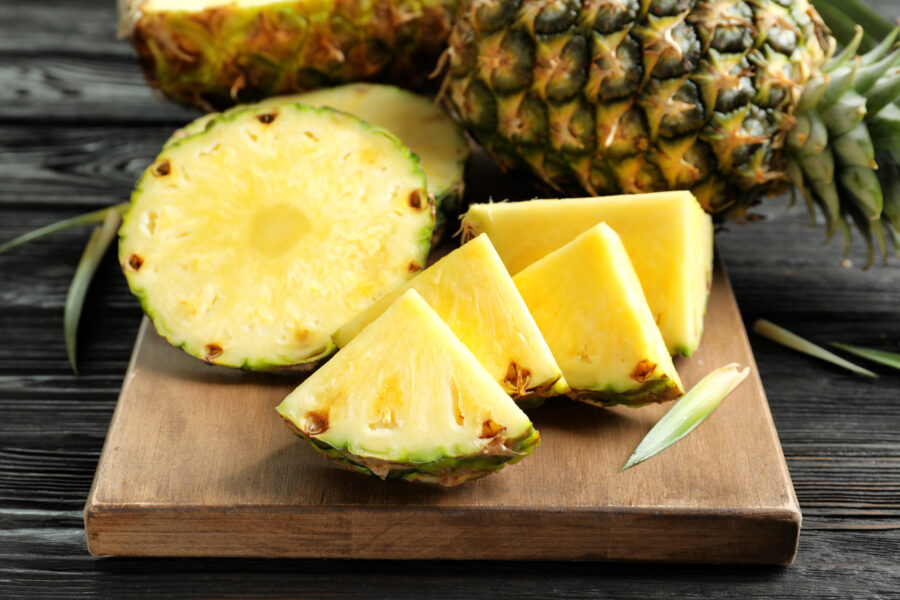
Over the last couple of years, Americans have begun to experiment with a wider variety of flavors at home, creating a new appreciation for novel culinary experiences. As a result, more consumers are beginning to think and behave like foodies, which has led to experimental brewers integrating more exotic ingredients into craft beers.
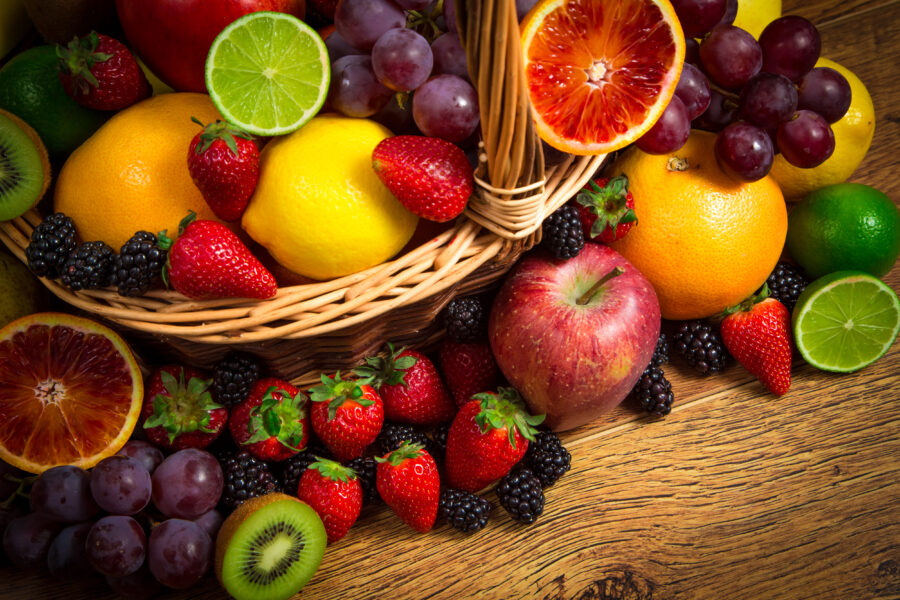
In 2022, people are more motivated than ever to eat and drink healthier. Retro themes are popping up as people escape to pre-pandemic days. On the other hand, they’re also feeling a little stir crazy and ready to travel. It’s likely that two years of global pandemic are having a big impact on lifestyle trends. As a result, consumers are motivated by health concerns, nostalgia, and the call to adventure. That combo should give daring brewers plenty of inspiration for novel fruit beers.
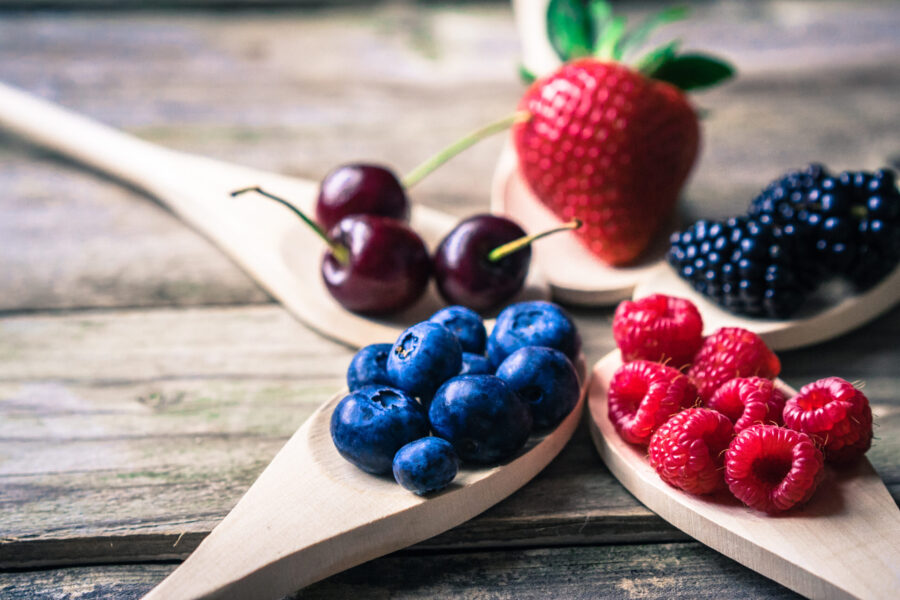
The aseptic manufacturing process preserves foods and beverages through rapid heat treatment followed by rapid cooling under sterile conditions. By using aseptic processing, potentially harmful microbes are eliminated from products, making perishable fruit pureés shelf-stable and safe for consumption. But that’s not all that aseptic processing and packaging does.


